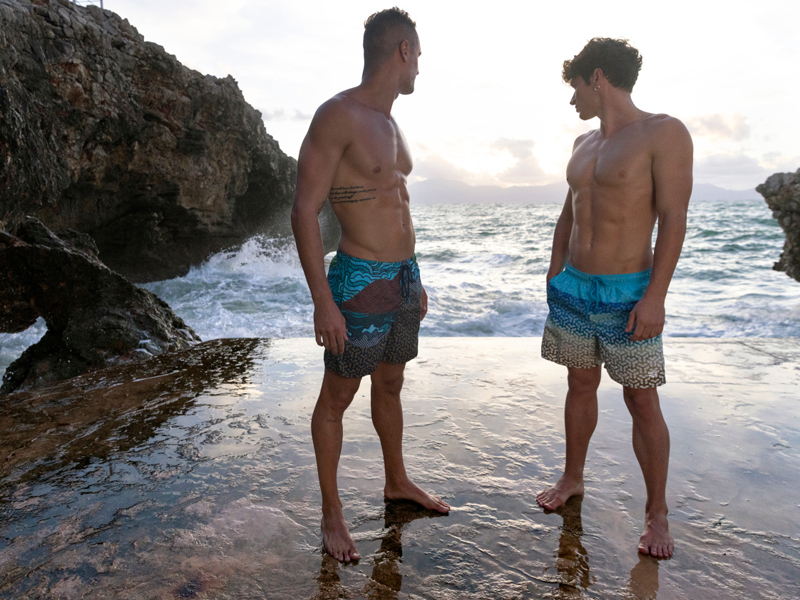
Men’s Beachwear Options for Every Body Type
Let’s face it, we all like to look good at the beach. Functionality is important when it comes to choosing your swim shorts, but if they don’t make you feel …

Let’s face it, we all like to look good at the beach. Functionality is important when it comes to choosing your swim shorts, but if they don’t make you feel …
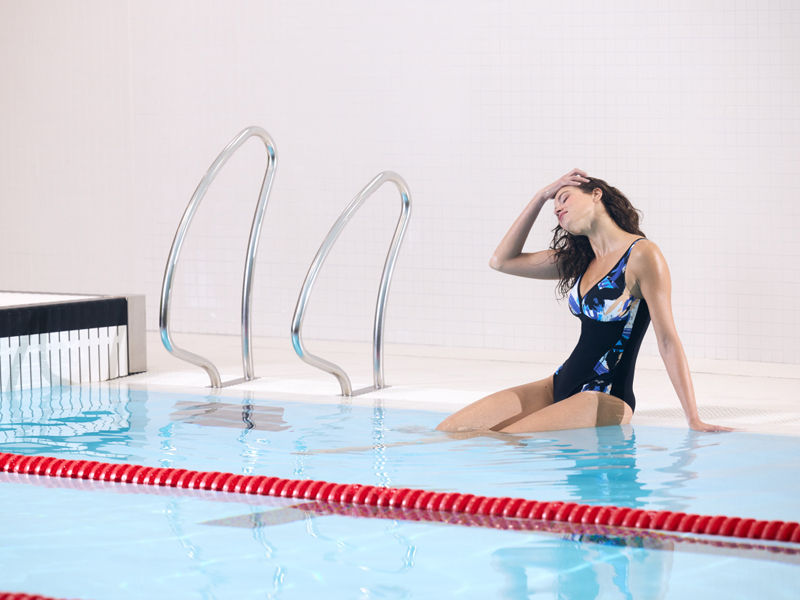
If you are planning on spending a day at the SPA remember to take all the clothes and accessories that will make you feel comfortable. The keywords should be comfort …
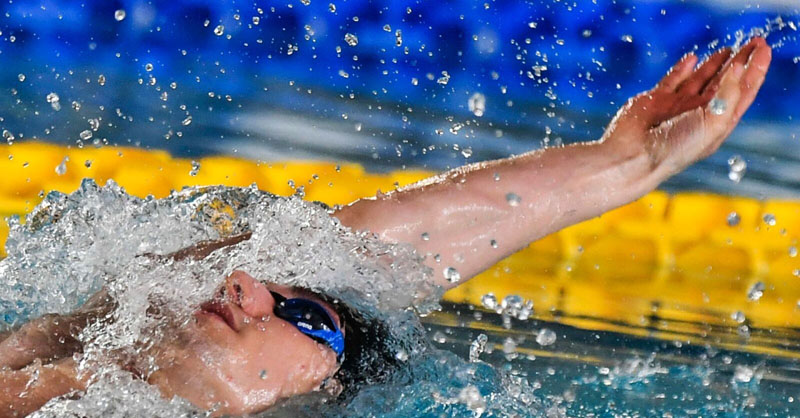
Backstroke is a unique swimming style that many people avoid due to the body position backstrokers must maintain. The stroke may seem very different from the popular front crawl stroke …
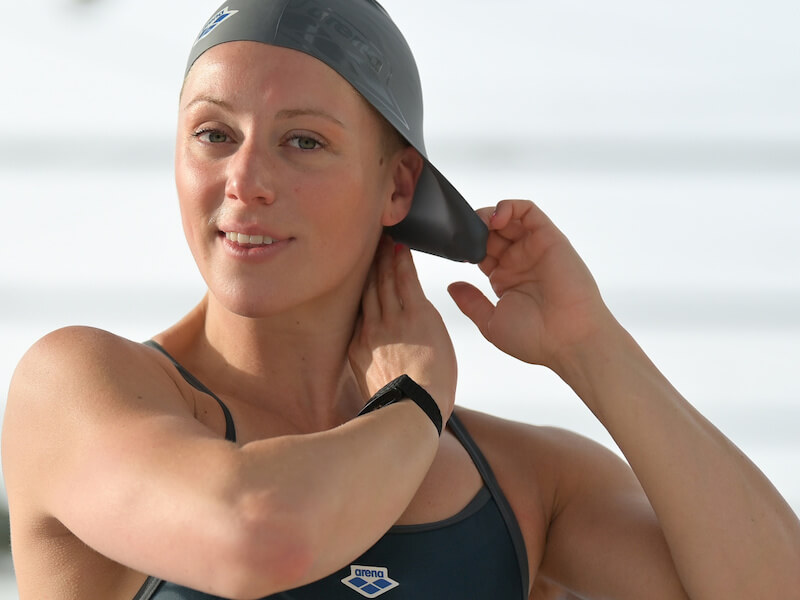
It may seem unbelievable, but many people don’t enroll at the pool because they are concerned about the health of their hair. The fear of dry, weakened hair and losing …
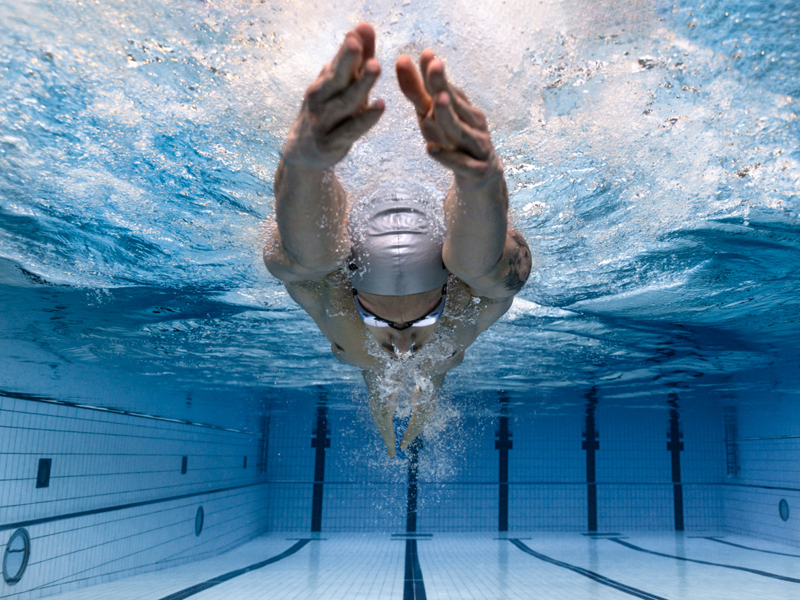
At some point in your swimming career, you might find yourself out of the water and on a long break from swimming. Maybe you’re recovering from an injury, are just …
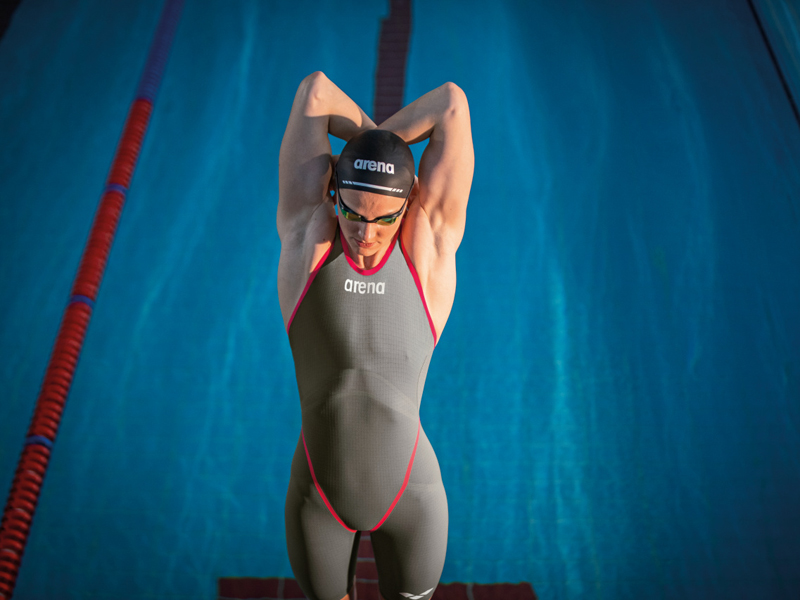
The transition into a new year is often a time of self-reflection, especially for athletes looking to take their performance to the next level. Determining which habits to carry through …
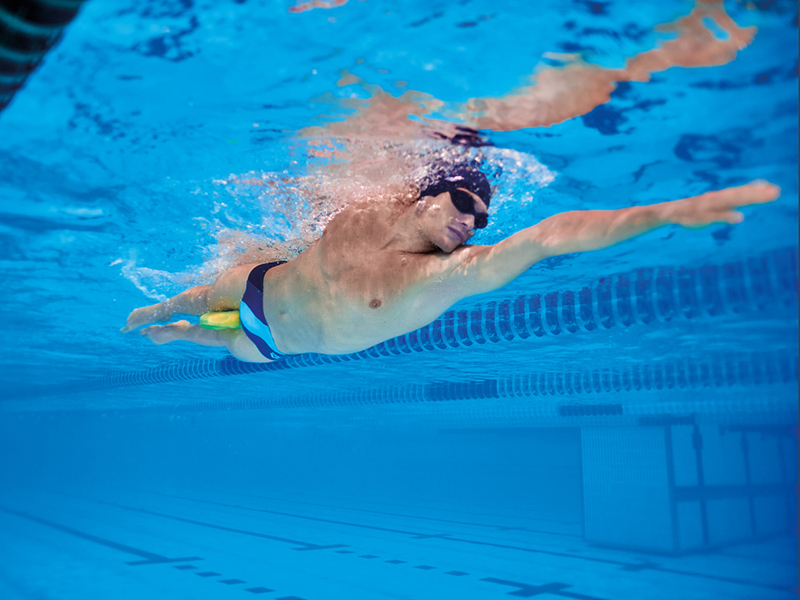
They say the average person consumes more than 6,000 calories on Christmas day. And a big dinner usually isn’t even the main culprit; it’s the nonstop snacking and drinking that …
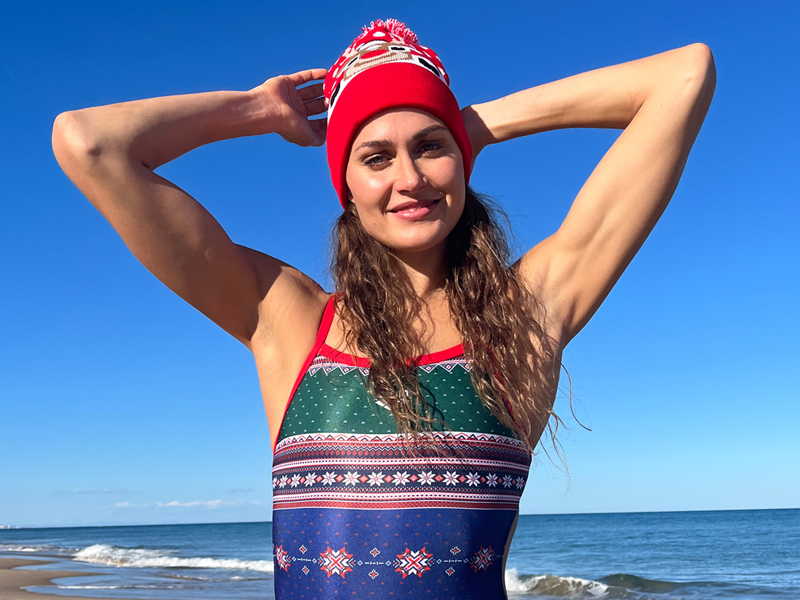
Many people give in to bad habits and stress over the holidays. Here are a few tips to make the holiday season more enjoyable and less guilt inducing. We make …
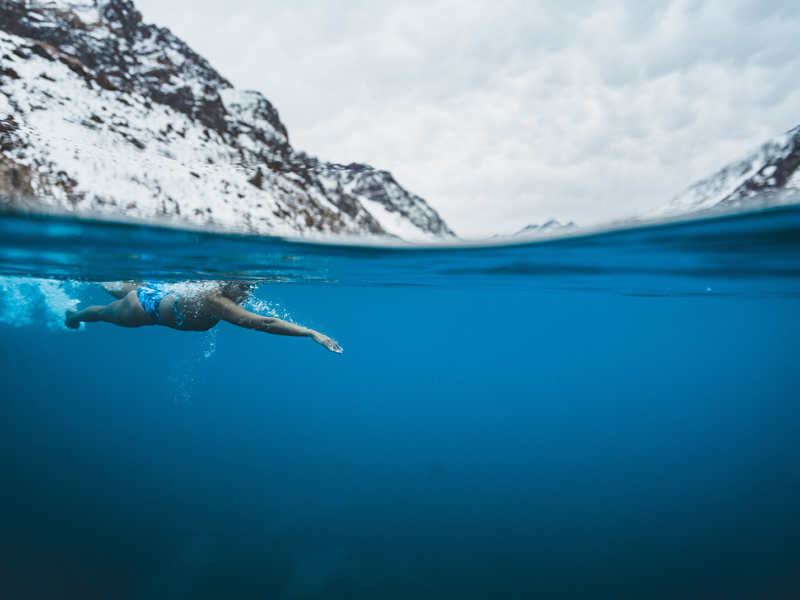
Cold water swimming can be dangerous if you’re not acclimatised, but if you train, your body will adapt and you may be able to enjoy health benefits. A New Year’s …
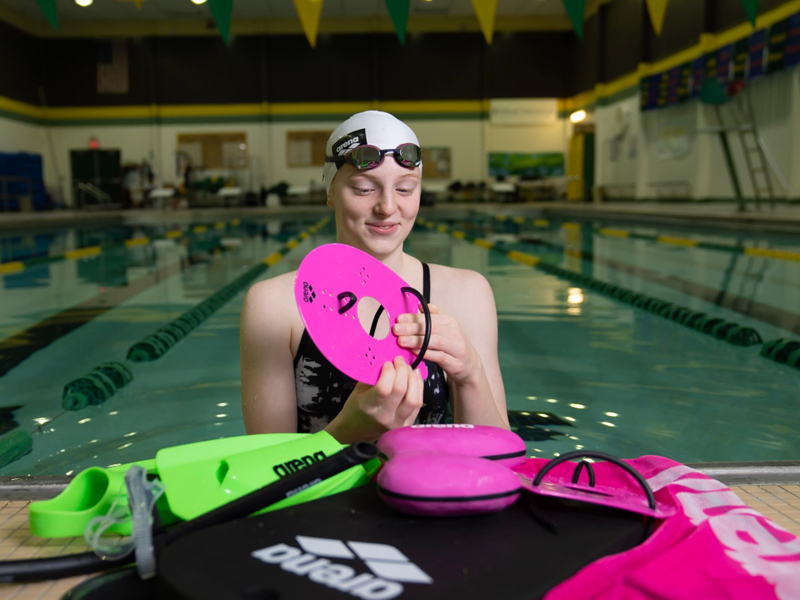
We have already talked about the paddle in our blog (The power is in your hands) and of the role they play in correcting the stroke, increasing the strength and the …